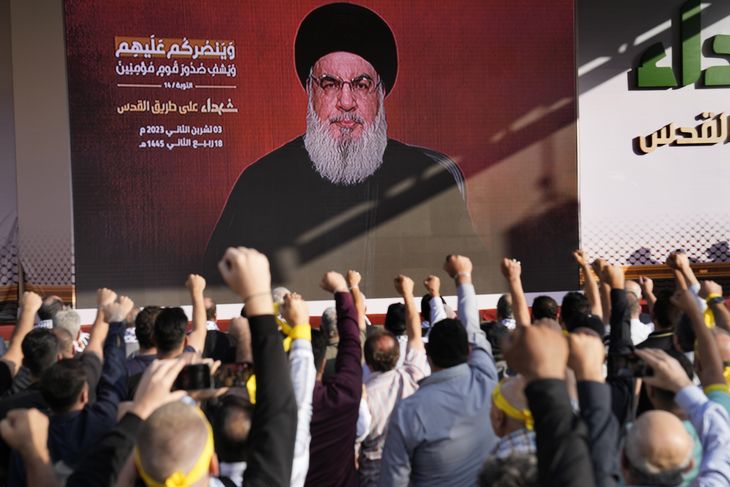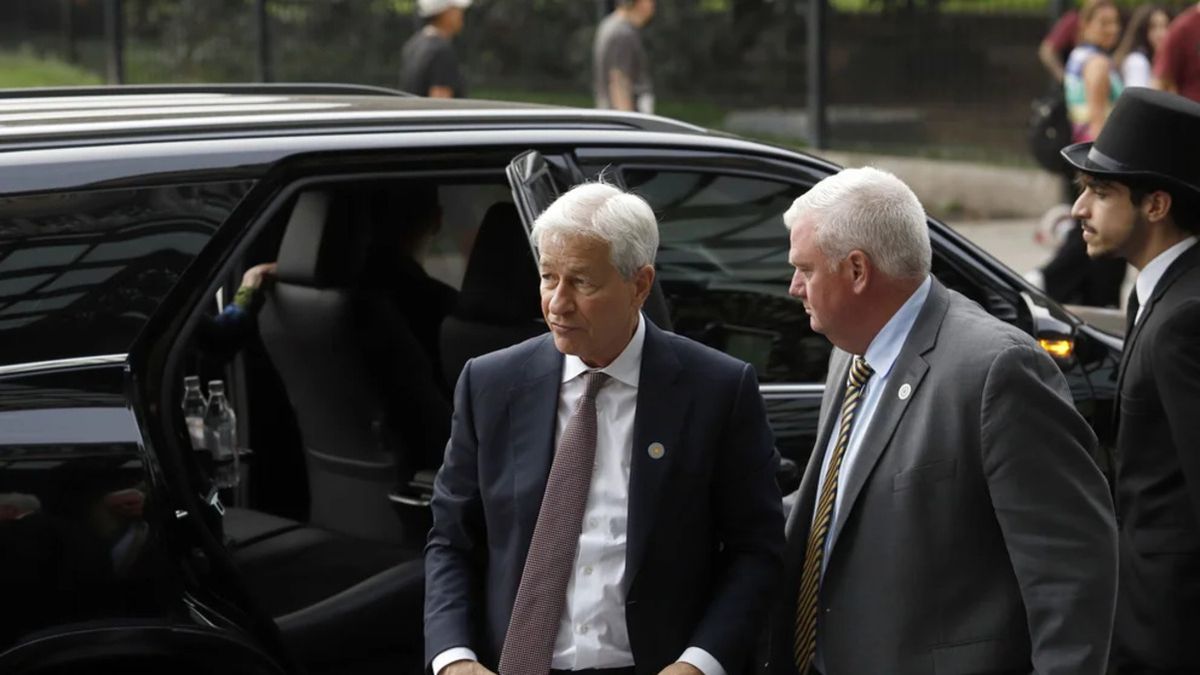The late Hezbollah chief, Hassan Nasrallah, Considered the most powerful man in Lebanon, he had been living in hiding since the last war between Israel and the Islamist movement in 2006. But on Friday the Israeli army managed to locate and kill him.
Hezbollah confirmed on Saturday that its secretary general was killed the previous day in a violent Israeli bombing in a southern suburb of Beirut, a stronghold of the pro-Iran movement. Nasrallah, murdered at age 64, He has appeared few times in public since the war that pitted his movement against the Israeli army in mid-2006. and his place of residence was always a secret.
But despite the secrecy, the head of the powerful Shiite militia received visitors, including the leaders of allied Palestinian movements, who published photos of the meetings. The journalists and personalities who met with him reported being driven by Hezbollah in security cars to a location that was difficult to identify.
Nasrallah routinely delivered live-streamed speeches that kept Lebanon in suspense. since he was considered the most powerful man in the country because at the head of Hezbollah he had the power to decide on war or peace.
For his Shiite followers, his figure was the object of a cult, but his influence extended into political spheres and his death may have implications for the entire region.
Hassan Nasrallah’s rise to power
Hassan Nasrallah death 2024.jpg
Hassan Nasrallah came to power at the age of 32.
Nasrallah came to lead Hezbollah in 1992, at the age of 32.when his predecessor Abbas al Musawi was killed by Israel. Upon assuming command, he led Hezbollah, the Party of God, from an armed militia to become the most powerful political force in Lebanon, represented in Parliament and the government.
At the same time he developed his formation’s arsenal which he claimed has 100,000 combatants and possesses powerful weapons, including high-precision missiles.
Hezbollah is the only group that refused to hand over its weapons at the end of the civil war (1975-1990) using as an argument the need for “resistance against Israel”, whose army gradually withdrew from the country until completely evacuating the south in May 2000, after 22 years of occupation.
Throughout the clashes between his troops and the Israeli army, Nasrallah consolidated his status as a leader and cemented it in 1997 after the death in combat of his eldest son, Hadi. The 2006 conflict with Israel, which lasted 33 days, allowed him to expose the strength of his movement that confronted the Israeli army.
The war caused the deaths of 1,200 Lebanese, mostly civilians, and 160 Israelis, most of them military. Nasrallah proclaimed at the end of this war a “divine victory” and acquired a hero profile in the Arab world.
But in Lebanon he came under fire from several quarters when his party was accused of involvement in the assassination of former Prime Minister Rafic Hariri in 2005, and then when his militias briefly took control of the capital in May 2008.
Hassan Nasrallah in the Middle East
Hassan Nasrallah.jpg

Hassan Nasrallah was one of the most influential leaders in the Middle East.
Nasrallah always wore clerical robes and a black turban characteristic of the Sayed, the descendants of the Prophet Muhammad with whom he identified. Commanding Hezbollah, he managed to have influence beyond Lebanon, throughout the region.
In 2013 he announced that he had intervened militarily in Syria to support Bashar al Assad’s regime, gripped in a civil war that broke out after the repression of peaceful protests in 2011, which later led to an armed insurrection.
With the full support of Iran, he formed and supported movements close to Tehran in the region. Hezbollah is the “crown jewel” of Iran’s allies in the Middle East, who constitute the so-called “axis of resistance” that includes armed groups in Iraq, Yemen’s Houthi rebels and the Palestinian Islamist movement Hamas.
The early years of Hassan Nasrallah
Nasrallah was born on August 31, 1960 into a modest family of nine children, in an area known as “the cordon of misery” that surrounded Beirut. His family was originally from the town of Bazuriyé in southern Lebanon.
He managed to study theology in the Shiite holy city of Najaf, in Iraq, but had to leave in 1978 during the wave of repression against the Shiites promoted by Saddam Hussein. Upon returning to Lebanon, he joined the Shiite Amal movement, but with the Israeli invasion in 1982, he was part of a split that was the founding nucleus of Hezbollah, created under the impulse of the Iranian Revolutionary Guards.
Nasrallah was married and the father of five children, he spoke fluent Farsi and in an unusual interview he said that in his youth he played soccer and that he adored Maradona.
Source: Ambito




